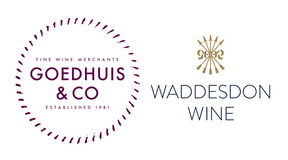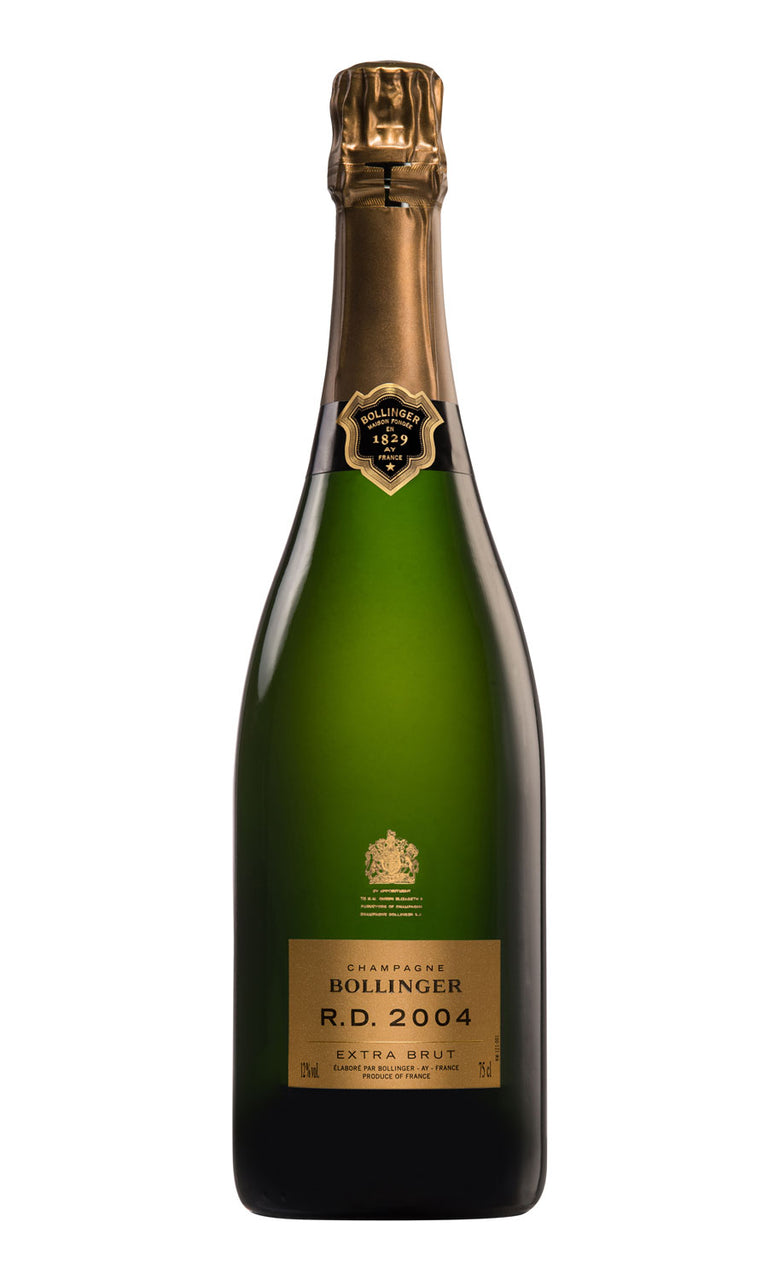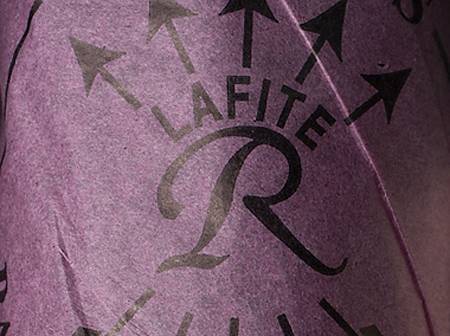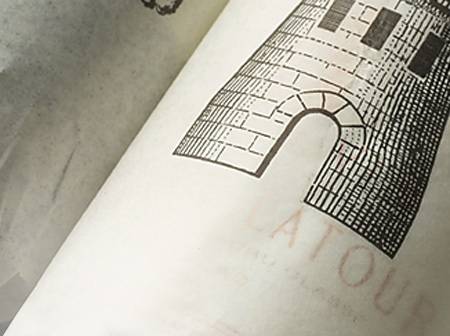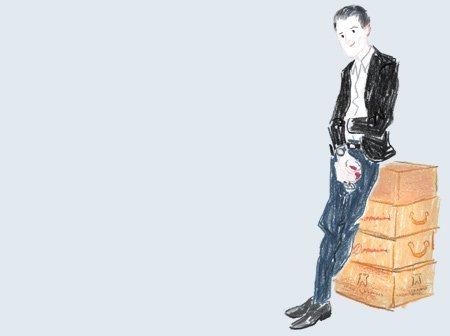- Colour Champagne_Sparkling
- Producer Bollinger
- Region Champagne
- Drinking 2017 - 2026
- Case size 6x75cl
- Available Now
2004 - Bollinger RD - 6x75cl
- Colour Champagne Sparkling
- Producer Bollinger
- Region Champagne
- Drinking 2017 - 2026
- Case size 6x75cl
- Available Now
Select pricing type
Need help? Call +44 (0)20 7793 7900 or email wine@goedhuiswaddesdon.com.
-
Richard Juhlin, Champagne Club, March 2018, Score: 96
One of my most exciting wine experiences was when I first tasted 1975 Bollinger RD with my parents at their home. During yesterday's Sunday afternoon, I served them the latest edition of 2004 blindly. The 82-year-old's reaction did not allow for a wait. Mom immediately exclaimed "the same wonderful scent of chocolate and apricot like when we drank Bollinger RD in the 80's". So right she was. When Bollinger decides to launch the newest vintage of RD, the wine must have its distinctive autolytic character of freshly baked bread, chocolate, hazelnut and mushroom. That is at least the thought. I would like to say that the last vintage in 2002 did not have these features at the launch at all, but instead relied on an almost grassy elegance and refined acid structure in an remaining youthful attire. With 2004 it is different. It's precisely like this Bollinger RD should taste from the beginning. Nobody can be disappointed here. Perhaps, 2004, is not one of the most heroic vintages but on the other hand one of the most classic. The very essence of the RD concept is to try to capture a wine's optimal maturity along with maximum freshness. Unfortunately, I do not think life expectancy is as good as in the La Grande Année version, but I may be wrong. The intensity of the mature layers of dark chocolate, tobacco, black truffles from Vaucluse and a melancholy hiking in the moist autumn forest is, at least, impressive. The mousse may struggle to reach the surface of the glycerol rich essence of wine. Nevertheless, it tingles of lust on the tongue when stringency, chalk and jingling pure acids dance over the finish line.
Producer
Bollinger
Champagne Bollinger was founded in 1829 by Jacques Joseph Bollinger and his colleague at the time Paul Ranaudin. Together they formed Renaudin Bollinger and it was over 100 years or so later that the house dropped the Renaudin name. The most famous Bollinger was Lily Bollinger who ran the house from 1941 until 1977. She succesfully expanded the vineyard area as well as being the origin of one of the most famous Champagne qu...Read more
Champagne Bollinger was founded in 1829 by Jacques Joseph Bollinger and his colleague at the time Paul Ranaudin. Together they formed Renaudin Bollinger and it was over 100 years or so later that the house dropped the Renaudin name. The most famous Bollinger was Lily Bollinger who ran the house from 1941 until 1977. She succesfully expanded the vineyard area as well as being the origin of one of the most famous Champagne quotes of all time: "I drink it when I'm happy and when I'm sad. Sometimes I drink it when I'm alone.When I have company I consider it obligatory. I trifle with it if I'm not hungry and I drink it when I am. Otherwise I never touch it, unless I'm thirsty." Bollinger is still 100% family owned today. 70% of its grape supply comes from its own vineyards and on average 80% of the grapes come from Premiers and Grands Crus in Champagne. To ensure the consistency and continuity of the style, Bollinger adds to the blend a maximum of 10% of Reserve wines to ensure that their commitment to excellence is maintained. The blend consists on average of 60% pinot noir, 25% chardonnay and 15% pinot meunier, harvested from 30 different villages in Champagne. 80% of the harvest is barrel-fermented with the wines being kept on their yeast lees for an extended period of time.Read less
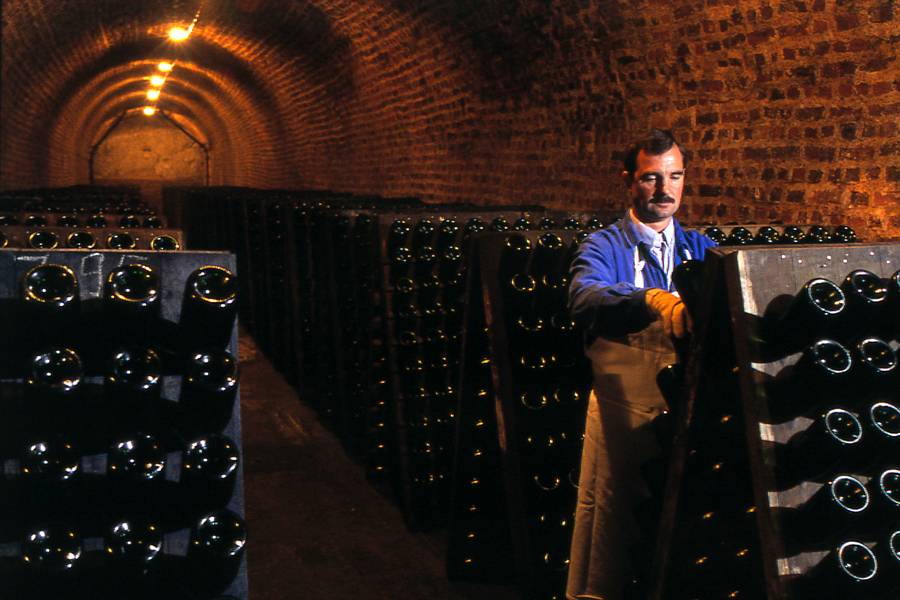
Region
Champagne
Champagne, the world's greatest sparkling wine, needs little introduction - with imitations produced in virtually every country capable of growing grapes, including such unlikely candidates as India and China. The Champagne region, to the north of Paris, has the most northerly vineyards in France, with vines grown on slopes with a southerly exposure to maximise sunlight. The soil is chalky, providing an excellent balance of drainage and water retention. The key to the wine is in the cellar - the bubbles result from a second fermentation in the bottle and the rich toasty flavours in great Champagne come from extended bottle ageing on the yeasty lees. Until the eighteenth century, the wines produced in the Champagne area were light acidic white wines, with no hint of sparkle. However glass and closure technology developed at that time and it was not long before Dom Perignon, a Benedictine monk at the Abbey of Hautvilliers, started experimenting with blends and produced the first recognisable champagne. In a world accustomed to still wines, the advent of champagne was almost a flop. It was saved when it became fashionable at the French court as a result of Louis XV's mistress Madame de Pompadour commenting "Champagne is the only wine that lets a woman remain beautiful after she has drunk it." And the rest is history, with famous (or infamous) champagne lovers including Casanova, Dumas, Wagner, Winston Churchill, James Bond and Coco Chanel.
